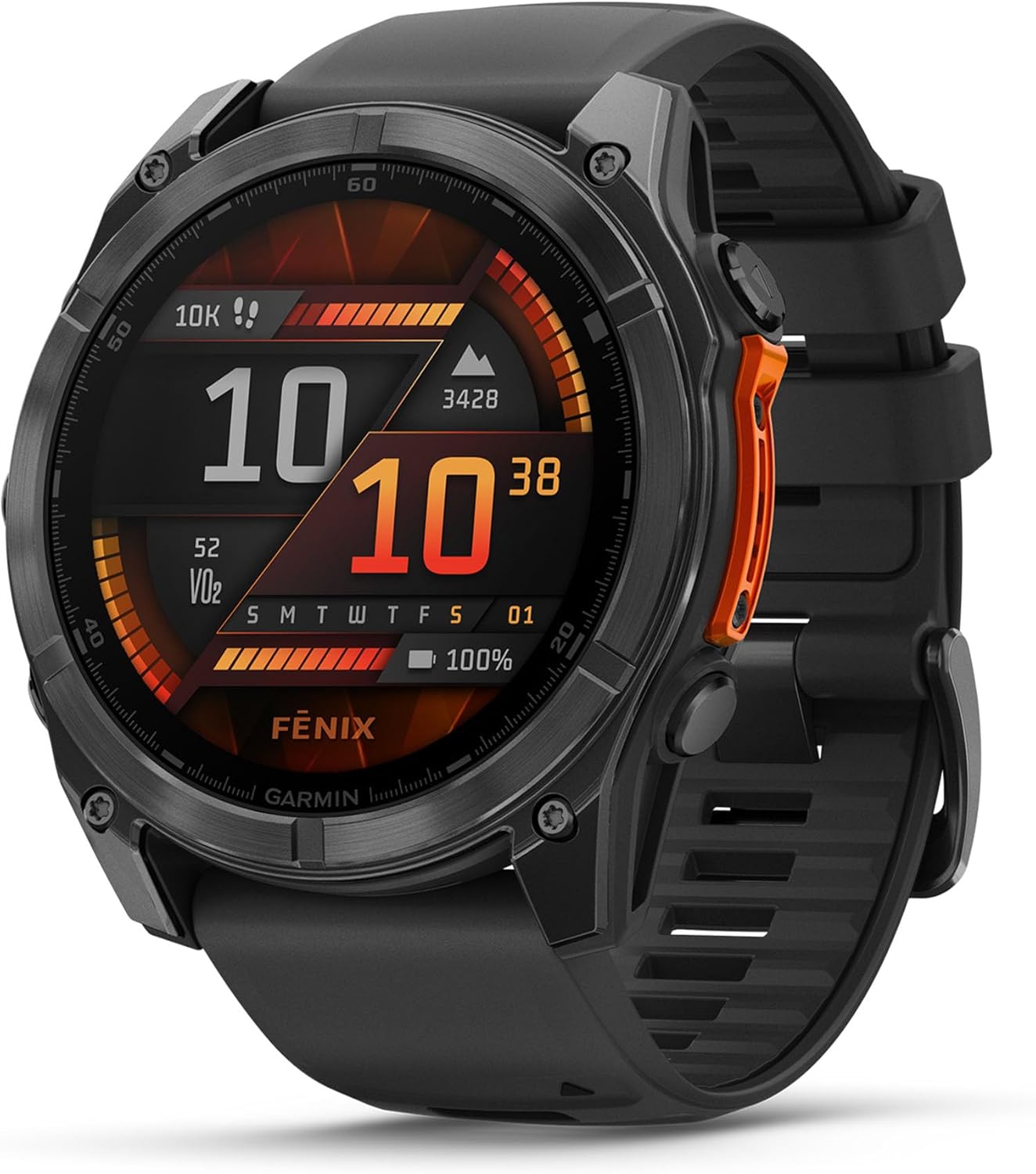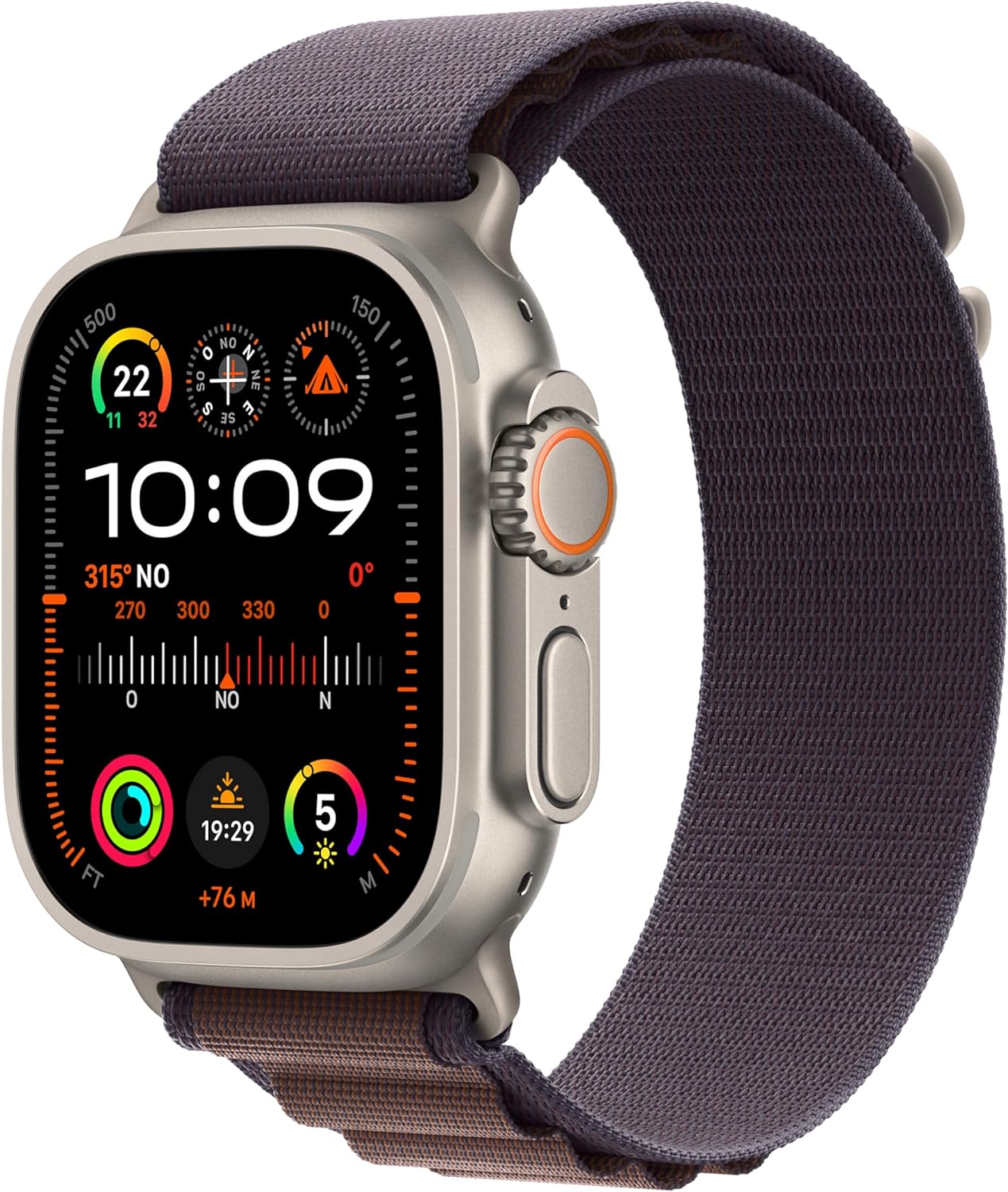Let’s be honest—this isn’t your average wearable comparison. These aren’t just “smartwatches.” We’re talking about two of the most intense, tech-packed wrist machines out there. And when you’re trying to decide between the Garmin Fenix 8 and the Apple Watch Ultra 2, you’re not choosing between styles or brands. You’re choosing between two different lives.
We’ve spent time sweating with them, sleeping with them, pushing them through trails, offices, and red-eye flights. And the truth? They both do a lot—but in completely opposite ways. The Fenix 8 feels like it was built in a lab by people who run 100 miles for fun. The Ultra 2 feels like it came from a design studio in Cupertino—because it did. And the differences go deep.
So which one fits your world better? Let’s tear this down, piece by piece.
Design and display: where sport meets statement
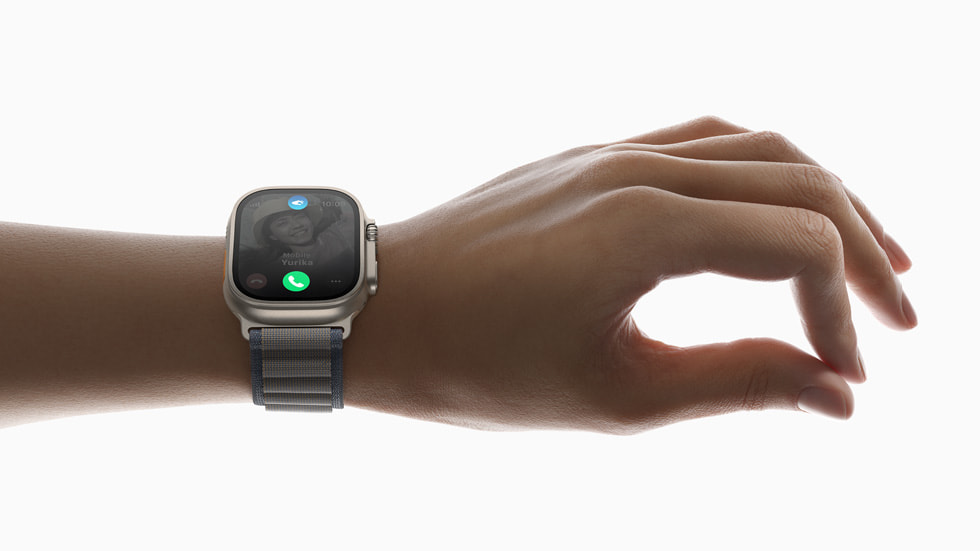
This is probably the first thing that’ll mess with your head: one’s round and feels like a watch, the other’s square and feels like a gadget. The Fenix 8 keeps that classic sporty vibe. It comes in multiple sizes—43mm, 47mm, and 51mm—so it’s got flexibility depending on how chunky you like your gear. That’s a big deal. Not everyone wants to wear a dinner plate on their wrist.
The Apple Watch Ultra 2 only comes in one size: 49mm. It’s bold, it’s titanium, and it’s definitely a presence. It’s also sleek in its own way, with a Retina OLED display that’s absurdly sharp and bright. This thing pops in every light condition, and navigating through it feels like swiping through silk.
Garmin’s touchscreen isn’t as flashy, but it’s paired with five physical buttons. When you’re wearing gloves or drenched in sweat, buttons are the real MVPs. Apple gives you the crown and two buttons, and while they’re smooth and clicky, they just don’t have the same rugged feel.
That said, only Garmin gives you a built-in LED flashlight—with multiple brightness levels and a red safety mode. It’s such a small feature, but weirdly practical. Night hike? Power outage? Boom. Wrist light.
Battery life: the marathon vs the pit stop
If you’re even remotely battery-anxious, look away now.
The Fenix 8 doesn’t just last days—it lasts weeks. Depending on the size and settings, you can stretch it from 6 days to over two weeks in smartwatch mode, and up to 49 hours of GPS tracking on the largest model with AutoSelect GPS. That’s almost absurd. No stress about chargers. No “uh oh” moments mid-hike.
Now the Ultra 2? You’re getting around 36 hours of use with regular settings. Push it into Low Power Mode and you can squeeze out about 72 hours—but then you’re dialing down some of its features. You’ll probably need to charge it every 1.5 to 2 days if you’re active.
It’s manageable. But if you’re heading into the wild for more than a night or two, Apple’s beautiful display becomes a liability. Garmin’s battery, on the other hand, just doesn’t care how far you go.
Sports tracking: the lab rat vs the coach
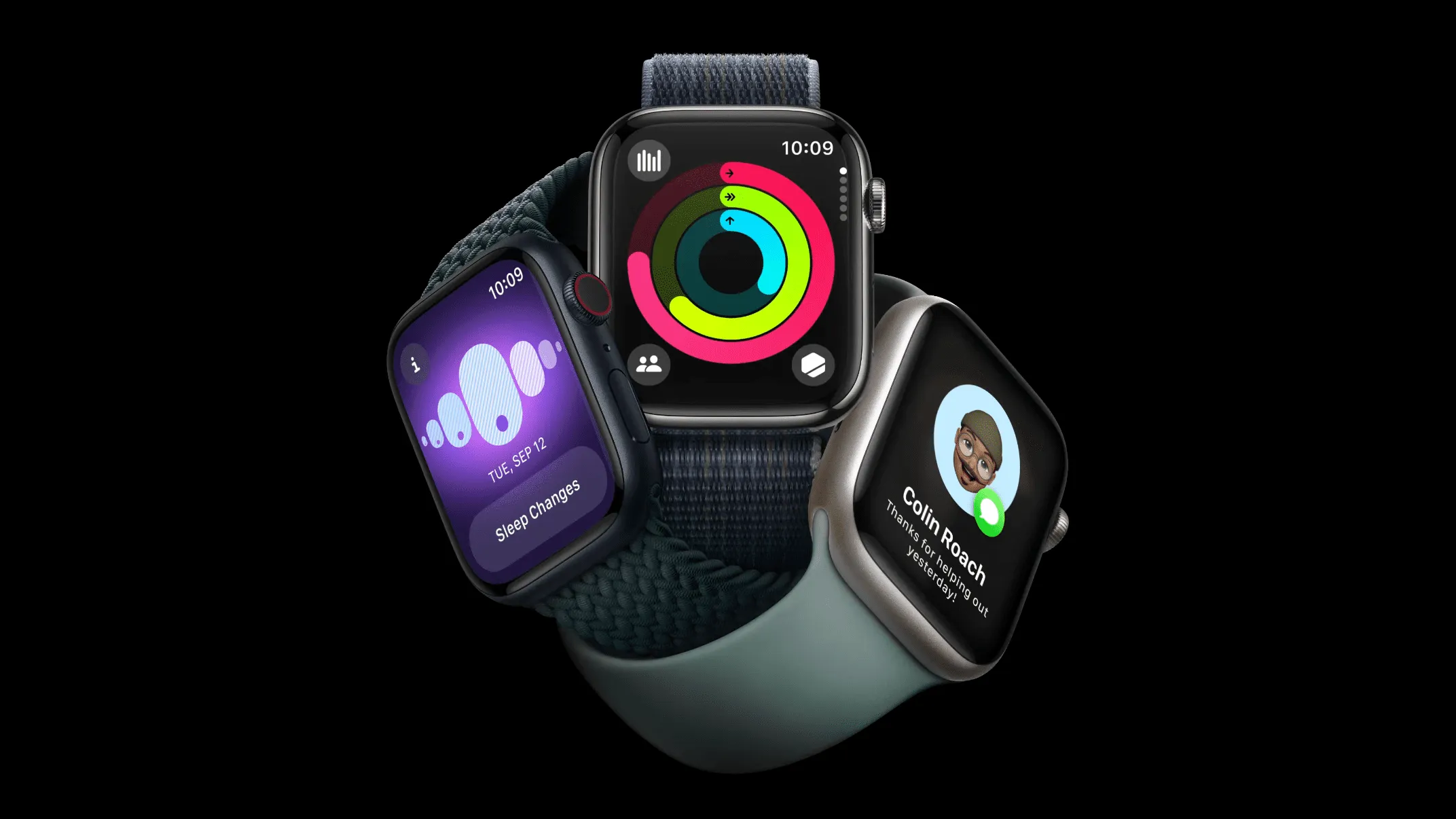
Here’s where the gloves come off. And frankly, Garmin hits hard.
The Fenix 8 goes full nerd mode when it comes to sports. Training Readiness, VO2 Max, Endurance Score, Hill Score, aerobic/anaerobic load analysis—it’s all there. And it doesn’t just throw numbers at you. It gives you context. Sleep like crap? It’ll suggest a recovery workout. Push too hard yesterday? Expect low readiness today.
The Apple Watch Ultra 2 offers dual-band GPS, customizable workouts, and new training load metrics, which is awesome for casual and intermediate users. But Apple still leans toward presenting clean data rather than interpreting it.
Garmin acts more like a coach—it knows how tired you are, how hard you’ve worked, and how your next race might play out. Apple? It’s more like a personal assistant who claps when you close your rings.
Navigation and mapping: backcountry smarts vs city polish
Apple has caught up here—and it shows. The Ultra 2 now offers topo maps, route creation, and turn-by-turn directions. It’s polished, it’s clean, and for runners and cyclists, it’s very usable.
But Garmin’s Fenix 8 still lives in another league. It offers real-time elevation profiles, ClimbPro, color topographic maps, and back-to-start navigation. Not to mention you can build routes on the watch itself—or sync from Garmin Connect or Komoot.
You don’t have to guess where you are or flip between apps. And that’s key. When you’re mid-hike or in a race, flipping between menus isn’t just annoying—it’s dangerous.
Smartwatch features: Apple wins this round
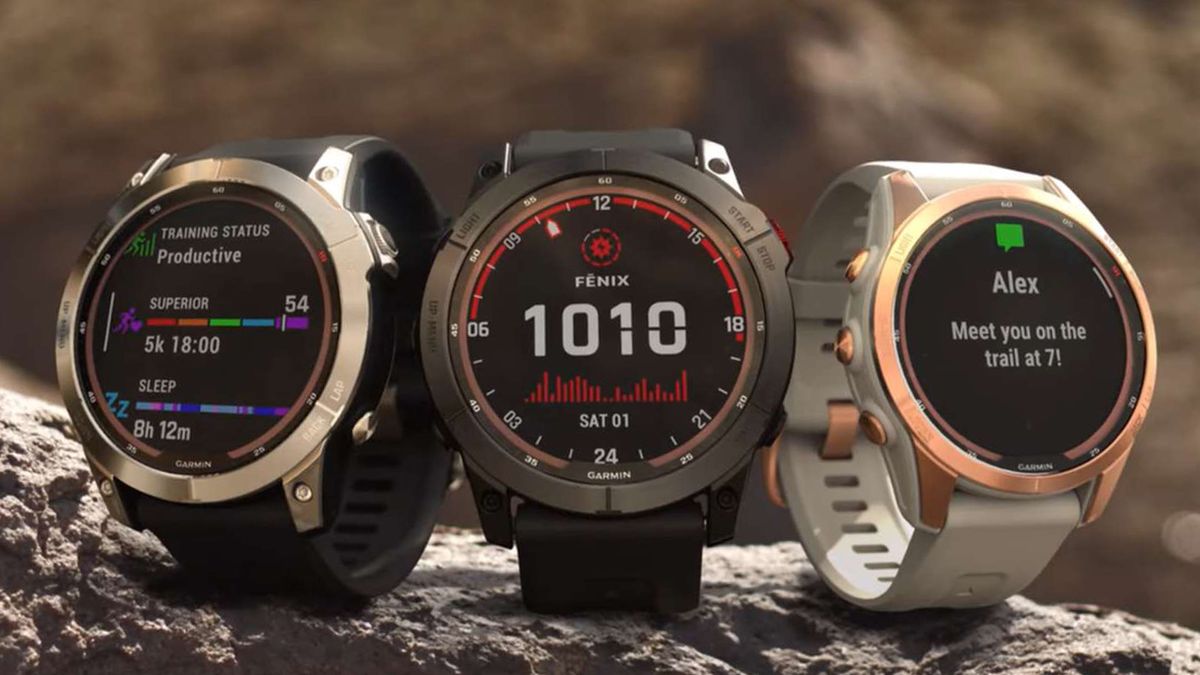
Let’s not kid ourselves—the Ultra 2 is the better smartwatch. By far.
It runs full apps, has cellular connectivity, Siri, Apple Pay, notifications, music, calendar, Podcasts, the App Store… it’s a full ecosystem. If you live with your iPhone, this watch completes the loop.
Garmin has its own ecosystem, sure. You get music, contactless payments, and app downloads via Garmin Connect IQ, but it feels more functional than fluid. Like, it works. But don’t expect to check Slack or take a call on your wrist and feel cool doing it.
If you want a watch that can handle life stuff as well as workouts, Apple smokes Garmin here.
Compatibility and platforms: open vs locked
This one’s simple: Garmin works with both Android and iOS. Apple Watch Ultra 2? iPhone only. That’s the line in the sand.
Garmin also plays nice with Strava, MyFitnessPal, TrainingPeaks, Komoot, and a bunch of other fitness platforms. Apple has some third-party support, but it’s all in Apple Health, iCloud, and Fitness+. Which is amazing… if you’re fully in that world.
If you like freedom and flexibility, Garmin’s openness matters.
Customization: options vs default
If you like to tinker or want something that fits your wrist perfectly, Garmin gives you more to work with. Three sizes, solar vs AMOLED screens, titanium or stainless bezels—it’s a buffet of options.
Apple gives you titanium and… that’s it. One size, one look. It’s beautiful, but if 49mm feels too big or too bold, there’s no “Ultra Mini” option.
Customization isn’t just about looks either—it’s about comfort. Garmin lets you tailor everything from screen brightness to widget order, button layout to workout screens. Apple? Customizable, sure—but within Apple’s playground.
Health tracking: the wellness duel
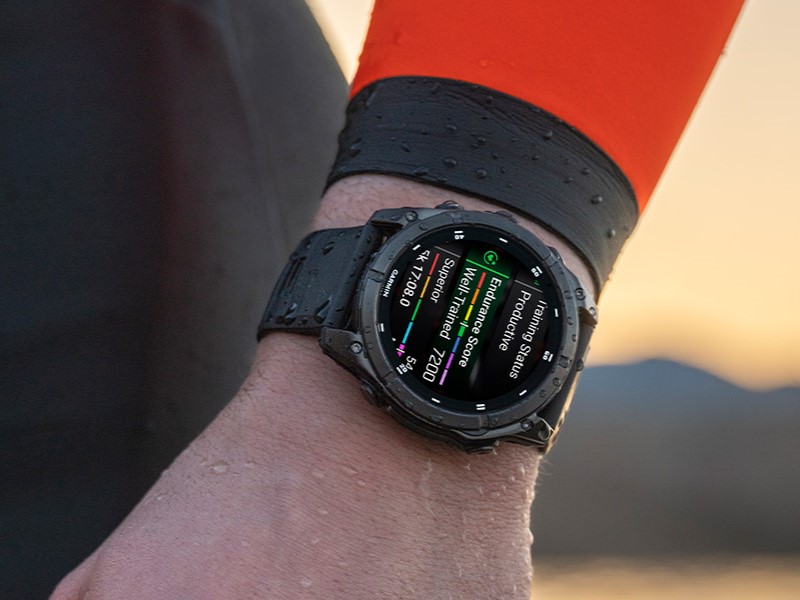
Both of these watches track health like it’s their job—because it is. You’ll get heart rate, HRV, skin temperature, sleep stages, SpO2, and stress monitoring on both.
Apple adds ECG, fall detection, and some of the most user-friendly health visuals out there. It’s clean, easy, and surprisingly motivating.
Garmin gives you Body Battery, respiration rate, pulse ox for altitude, and training-based sleep impact. It’s less pretty, but more focused on performance. If you’re just trying to feel better, Apple’s great. If you’re trying to optimize your VO2 Max before a marathon, Garmin gets you there.
Conclusion: the Fenix 8 walks away with the win
Let’s not sugarcoat it: the Apple Watch Ultra 2 is an incredible piece of tech. It’s smart, stylish, and surprisingly rugged. If you want a smartwatch that dabbles in fitness, there’s nothing better.
But if you care about performance—real performance—the Garmin Fenix 8 is on another level. It’s a tool. A machine. It tracks, guides, coaches, and survives longer than anything Apple’s made.
The Ultra 2 is a lifestyle accessory with muscle. The Fenix 8 is a rugged athlete that just happens to look good doing it. No charging every night. No stripped-down apps when you lose signal. No nonsense.
So yeah, we’re calling it: the Fenix 8 wins this one. Because when you’re halfway up a mountain and your pulse is racing, you’ll want the watch that doesn’t need a recharge—or a babysitter.

